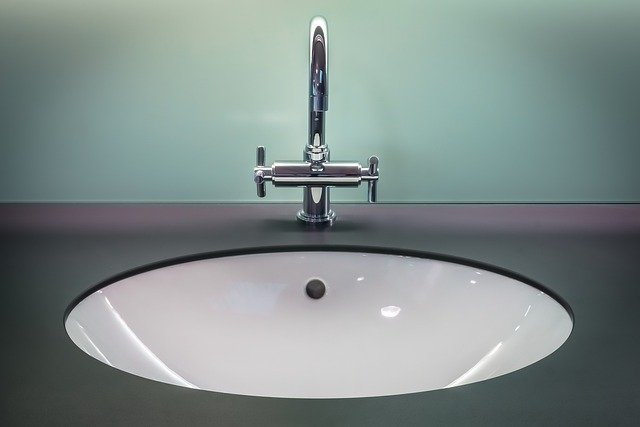Breast Lift Explained: Procedures, Recovery & Costs
Explore what a breast lift (mastopexy) entails — from the various surgical techniques and expected recovery timeline to potential complications and pricing considerations. This comprehensive guide covers types of lifts, healing milestones, risks, and long-term maintenance to help you make an informed cosmetic decision. Learn about procedures, recovery, costs, and what to expect after surgery.

A breast lift, medically known as mastopexy, is a cosmetic operation that repositions and firms sagging breasts by removing extra skin and tightening the remaining tissues. While it does not enlarge the breasts, a lift reshapes and elevates existing breast tissue and nipples to achieve a more youthful silhouette and improved breast contour.
Types of breast lift procedures
Surgeons select from several mastopexy techniques depending on how much sagging is present, skin quality, and the patient’s goals. The most common approaches are:
-
Crescent lift: Best for very mild sagging, this technique uses a small incision along the upper edge of the areola to slightly raise the nipple. Scarring is minimal but the degree of lift is limited.
-
Periareolar (donut) lift: A circular incision around the areola allows the surgeon to remove a ring of skin and tighten the surrounding tissue. This option is useful for mild to moderate ptosis and keeps scarring primarily around the areola.
-
Vertical (lollipop) lift: Combining the periareolar incision with a vertical incision from the areola down to the breast crease, this method provides more significant reshaping and is suitable for moderate sagging.
-
Anchor (inverted-T) lift: For advanced sagging or larger breasts, the anchor incision adds a horizontal cut along the inframammary fold to the vertical and areolar incisions. This approach gives the most control over contouring and skin removal but results in more extensive scarring.
Each technique has trade-offs in terms of scar patterns, degree of reshaping, and recovery. A consultation with a board-certified plastic surgeon will identify the best option for individual anatomy and aesthetic goals.
Recovery and healing process
Most people can expect a gradual recovery over 4–6 weeks, with the first seven to ten days being the most intensive. During that initial week, rest is essential and activities should be limited. Swelling and bruising are normal and typically diminish substantially within 2–3 weeks, though minor swelling can persist for several months.
Surgeons generally recommend a supportive surgical bra worn around the clock for the first few weeks to stabilize breast position and aid healing. Light daily activities can often resume within a week or two, but heavy lifting and strenuous exercise should be postponed for at least 4–6 weeks or until the surgeon clears you.
Final contour and nipple position continue to settle over time. Most patients notice the full aesthetic outcome when residual swelling has resolved, commonly around 3–6 months after surgery.
Potential risks and complications
As with any operation, a breast lift carries risks. Possible complications include infection, bleeding, delayed wound healing, and visible scarring. Changes in nipple or breast sensation—temporary or permanent—can occur, and perfect symmetry is not guaranteed. In some cases, poor scar quality or insufficient aesthetic results lead patients to seek revision surgery.
Selecting an experienced, board-certified plastic surgeon and adhering closely to pre- and post-operative instructions reduces these risks. Discussing medical history, smoking status, and realistic expectations during your consultation also helps optimize safety and satisfaction.
Cost considerations and insurance
Costs for mastopexy vary by technique, geographic location, surgeon experience, facility fees, and anesthesia. The table below outlines average price ranges and additional fees commonly encountered.
| Procedure Type | Average Cost Range | Additional Fees |
|---|---|---|
| Crescent Lift | $4,500 - $6,000 | $1,000 - $2,000 |
| Periareolar Lift | $5,500 - $7,500 | $1,000 - $2,000 |
| Vertical Lift | $7,000 - $9,000 | $1,000 - $2,000 |
| Anchor Lift | $8,000 - $12,000 | $1,000 - $2,000 |
Prices, rates, or cost estimates mentioned in this article are based on the latest available information but may change over time. Independent research is advised before making financial decisions.
Insurance typically does not cover cosmetic breast lifts unless the procedure is deemed medically necessary (for example, to correct deformities or severe asymmetry causing functional problems). Always check with your insurer and surgeon’s office about coverage criteria, preauthorization, and financing options.
Long-term results and maintenance
A mastopexy can deliver long-lasting improvement, but it cannot stop the natural effects of aging, gravity, pregnancy, or significant weight changes. Maintaining a stable weight, wearing supportive bras, practicing sun protection for scars, and following a healthy lifestyle can all extend the appearance of surgical results.
Some patients opt for revision or touch-up procedures after many years—often around 10–15 years—to address renewed sagging or to alter shape as preferences evolve.
This article is for informational purposes only and should not be considered medical advice. Please consult a qualified healthcare professional for personalized guidance and treatment.





